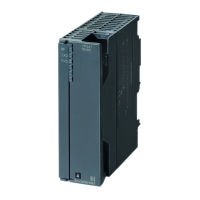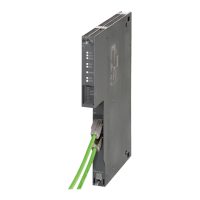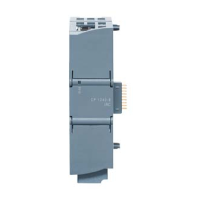Basic Principles of Serial Data Transmission
2.5 Data Transmission with the RK 512 Computer Connection
CP 341 Point-to-Point Communication, Installation and Parameter Assignment
Manual, 09/2008, A5E02191071-01 51
Structure of the message frame header
The table below indicates the structure of the header of the command message frame.
Table 2- 1 Structure of command message frame header (RK 512)
Byte Meaning
1 Message frame ID in command message frames (00H),
In continuation command message frames (FFH)
2 Message frame ID (00H)
3 'A' (41H)
'O' (4FH)
'E' (45H)
for SEND request with destination DB or
for SEND request with destination DX or
for FETCH request
Data to be transmitted are off (only 'D' is possible when sending): 4
'D' (44H)
'E' (45H)
'M' (4DH)
'Z' (5AH)
=data block 'X' (58H)=extended data block
=input bytes'A' (41H) =output bytes
=memory bytes 'T' (54H) = time cells
=counter cells
5 Data destination of SEND request or data source of FETCH request, e.g., byte 5 = DB no., byte 6 = DW no.
(RK 512 addressing describes the data source and destination with word limits. Conversion to byte addresses
in SIMATIC S7 is automatic.)
6
7 Length high byte Length of data to be transmitted according to type in bytes or
Length low byte Words
8
9 Byte number of interprocessor communication flag; FFH is displayed if you have not specified an
interprocessor communication flag.
10 Bits 0 to 3: Bit number of the interprocessor communication flag; the protocol enters FH here if you have not
specified an interprocessor communication flag.
Bits 4 to 7: CPU number (number from 1 to 4); if you have not specified a CPU number (number = 0) but you
have specified an interprocessor communication flag, 0H is displayed here; if you specified neither a CPU
number nor an interprocessor communication flag, FH is shown here.
The letters in bytes 3 and 4 are ASCII characters.
The header of the continuation command message frame consists of bytes 1 to 4 only.
该文档是极速PDF编辑器生成,
如果想去掉该提示,请访问并下载:
http://www.jisupdfeditor.com/

